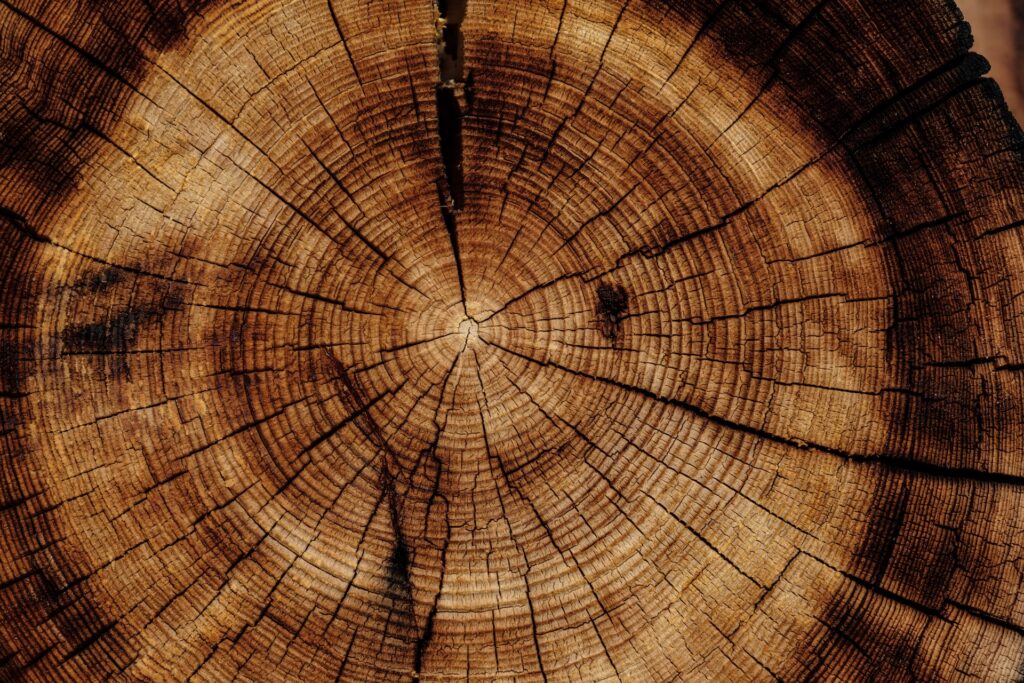Introduction: TREATED WOOD has been a cornerstone in the construction industry for decades. It’s ordinary wood that has undergone a treatment process to enhance its durability, longevity, and resistance to various environmental factors. This transformation makes it an excellent choice for outdoor projects, where exposure to moisture, insects, and decay is a constant threat.
Madereria Cuauhnahuac more than 40 years offering solutions in timber and related products in the State of Morelos. We distribute to all the States of the Republic to small and large projects.
Welcome to the ultimate guide on TREATED WOOD, your one-stop resource for all things related to this versatile and sustainable building material. In this comprehensive article, we will delve deep into the world of treated wood, uncovering its numerous advantages, applications, and eco-friendly options. Whether you’re a seasoned builder, a DIY enthusiast, or simply someone interested in understanding the magic behind this material, you’re in the right place.
The Science Behind Treated Wood
To truly appreciate the value of treated wood, it’s essential to understand the science behind it. The treatment process involves impregnating the wood with preservatives, typically through pressure treatment or dipping. These preservatives act as a shield, protecting the wood from decay, fungi, and termites.
Applications of TREATED WOOD
1. Outdoor Decking
TREATED WOOD is the go-to material for outdoor decking projects. Its resistance to moisture and insects ensures that your deck remains sturdy and beautiful for years to come.
2. Fencing
When it comes to fencing, treated wood offers unbeatable longevity. It can withstand harsh weather conditions without warping or rotting.
3. Structural Support
In structural applications, such as posts and beams, treated wood provides the necessary strength and durability to support the weight of buildings and other structures.
4. Garden Beds
For garden enthusiasts, treated wood is an ideal choice for constructing raised garden beds. It’s safe, durable, and can withstand constant exposure to soil and water.
5. Playground Equipment
Children’s safety is paramount, and treated wood ensures that playground equipment remains sturdy and secure over time.
6. Utility Poles
The utility industry relies on treated wood for its exceptional strength and resistance, ensuring reliable power distribution.
Types of Treated Wood
There are several types of treated wood available, each with its unique characteristics and applications. These include:
- Pressure-Treated Wood: Ideal for ground contact, it’s a popular choice for deck framing and posts.
- Heat-Treated Wood: This chemical-free option is perfect for indoor projects like furniture.
- Micronized Copper Azole (MCA) Treated Wood: Known for its eco-friendliness and resistance to termites, MCA-treated wood is a top choice for outdoor use.
- Creosote-Treated Wood: Commonly used for railroad ties and utility poles, this treatment provides exceptional protection against decay.
Eco-Friendly Options
In an era of environmental consciousness, finding eco-friendly materials is crucial. TREATED WOOD doesn’t disappoint in this regard. Manufacturers have made significant strides in producing treated wood that is environmentally responsible. These options often use less toxic preservatives and sustainable sourcing practices.
Why Choose TREATED WOOD?
- Durability: TREATED WOOD can last for decades, even in challenging outdoor conditions.
- Cost-Effective: It offers an excellent balance between cost and longevity.
- Versatility: Its applications are virtually limitless.
- Eco-Friendly Choices: Sustainable options are readily available.
- Aesthetics: TREATED WOOD’s natural appearance enhances the beauty of any project.
FAQs About TREATED WOOD
Q: Is TREATED WOOD safe for the environment?
A: When using eco-friendly treated wood options, it can be a sustainable choice. Always look for certifications from responsible forestry organizations.
Q: Can I paint or stain treated wood?
A: Yes, you can. TREATED WOOD can be painted or stained to match your design preferences.
Q: Are there any safety precautions when working with treated wood?
A: Yes, wear protective gear when cutting and sanding treated wood to minimize contact with preservatives.
Q: Does treated wood require special maintenance?
A: Regular sealing or staining can help extend its lifespan and maintain its appearance.
Q: Can treated wood be recycled?
A: It’s not suitable for typical recycling programs, but some facilities accept it for repurposing.
Q: What’s the lifespan of treated wood?
A: The lifespan can vary based on the type of treatment and environmental factors but can range from 20 to 40 years or more.
Conclusion
TREATED WOOD is a remarkable material that has revolutionized the construction and woodworking industries. Its ability to combine durability, sustainability, and versatility makes it a top choice for countless applications. Whether you’re building a deck, a fence, or garden beds, treated wood can be your trusted partner. Moreover, with eco-friendly options on the rise, you can contribute to a greener planet while enjoying the benefits of this exceptional material.
In the ever-evolving world of construction, one thing remains constant—TREATED WOOD is here to stay, ensuring that your projects stand the test of time. So, go ahead and embrace the beauty and resilience of treated wood in your next endeavor.

